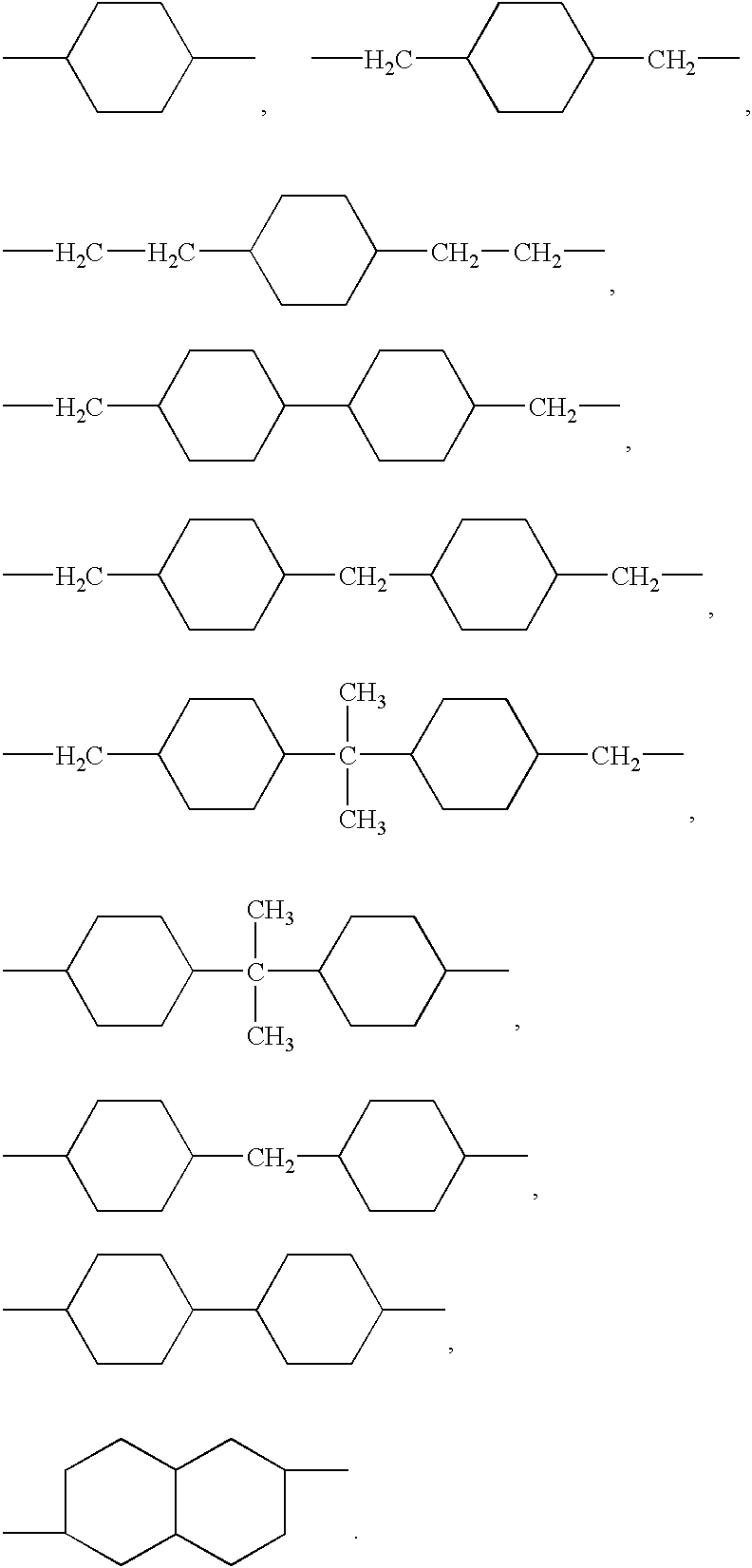Formed decorative film
a decorative film and film technology, applied in the direction of coatings, etc., can solve the problems of insufficient chemical resistance of many transparent and translucent amorphous materials, foil breakage or wrinkles, and inability to resist many transparent and translucent materials, etc., to achieve faster cycle times, lower form temperatures during thermoforming, and reduce processing temperatures
- Summary
- Abstract
- Description
- Claims
- Application Information
AI Technical Summary
Benefits of technology
Problems solved by technology
Method used
Image
Examples
Embodiment Construction
[0116] An extruded sheet and film of thermoplastic materials may be produced by a method which comprises feeding thermoplastic resin into an extruder which heats the resin above its glass transition temperature (Tg), thereby producing a viscous melt of the thermoplastic material. The terms sheet or film are used interchangeably herein, and are used to refer to thermoplastic materials having a final thickness of about 0.005 to 0.030 inches. The viscous melt is passed, under pressure provided by the extruder, through an opening in die, which opening typically has the shape of an elongated rectangle or slot. The viscous melt assumes the shape of the die slot, thereby forming a continuous sheet or film of molten extrudate. The sheet or film of molten extrudate is then passed through a finishing apparatus to form finished sheet or film articles.
[0117] A conventional finishing apparatus is a two-roll finishing or polishing stack, comprising an opposing upper roll and lower roll spaced apa...
PUM
| Property | Measurement | Unit |
|---|---|---|
| Percent by mass | aaaaa | aaaaa |
| Percent by mass | aaaaa | aaaaa |
| Thickness | aaaaa | aaaaa |
Abstract
Description
Claims
Application Information
 Login to View More
Login to View More - R&D
- Intellectual Property
- Life Sciences
- Materials
- Tech Scout
- Unparalleled Data Quality
- Higher Quality Content
- 60% Fewer Hallucinations
Browse by: Latest US Patents, China's latest patents, Technical Efficacy Thesaurus, Application Domain, Technology Topic, Popular Technical Reports.
© 2025 PatSnap. All rights reserved.Legal|Privacy policy|Modern Slavery Act Transparency Statement|Sitemap|About US| Contact US: help@patsnap.com



